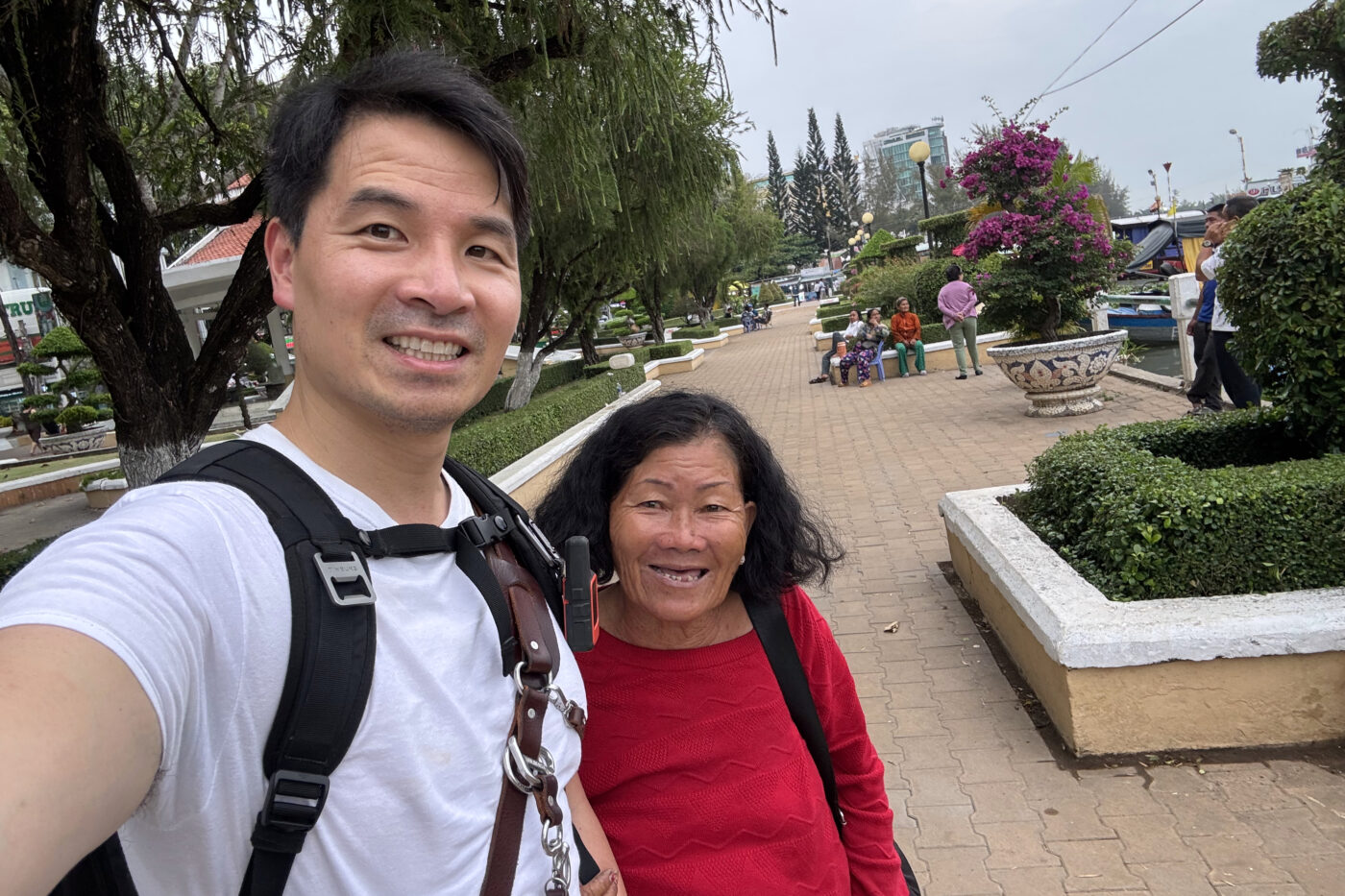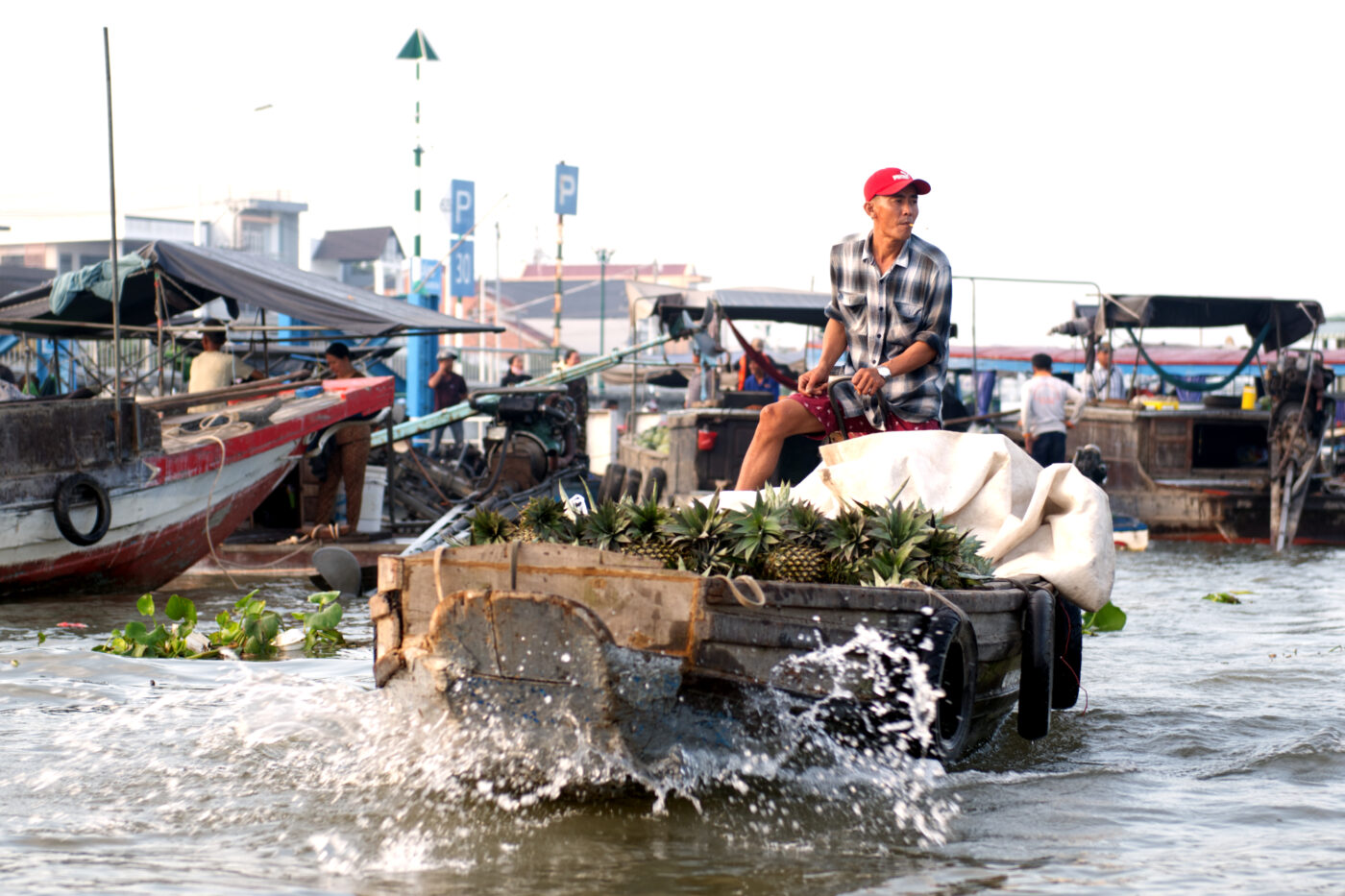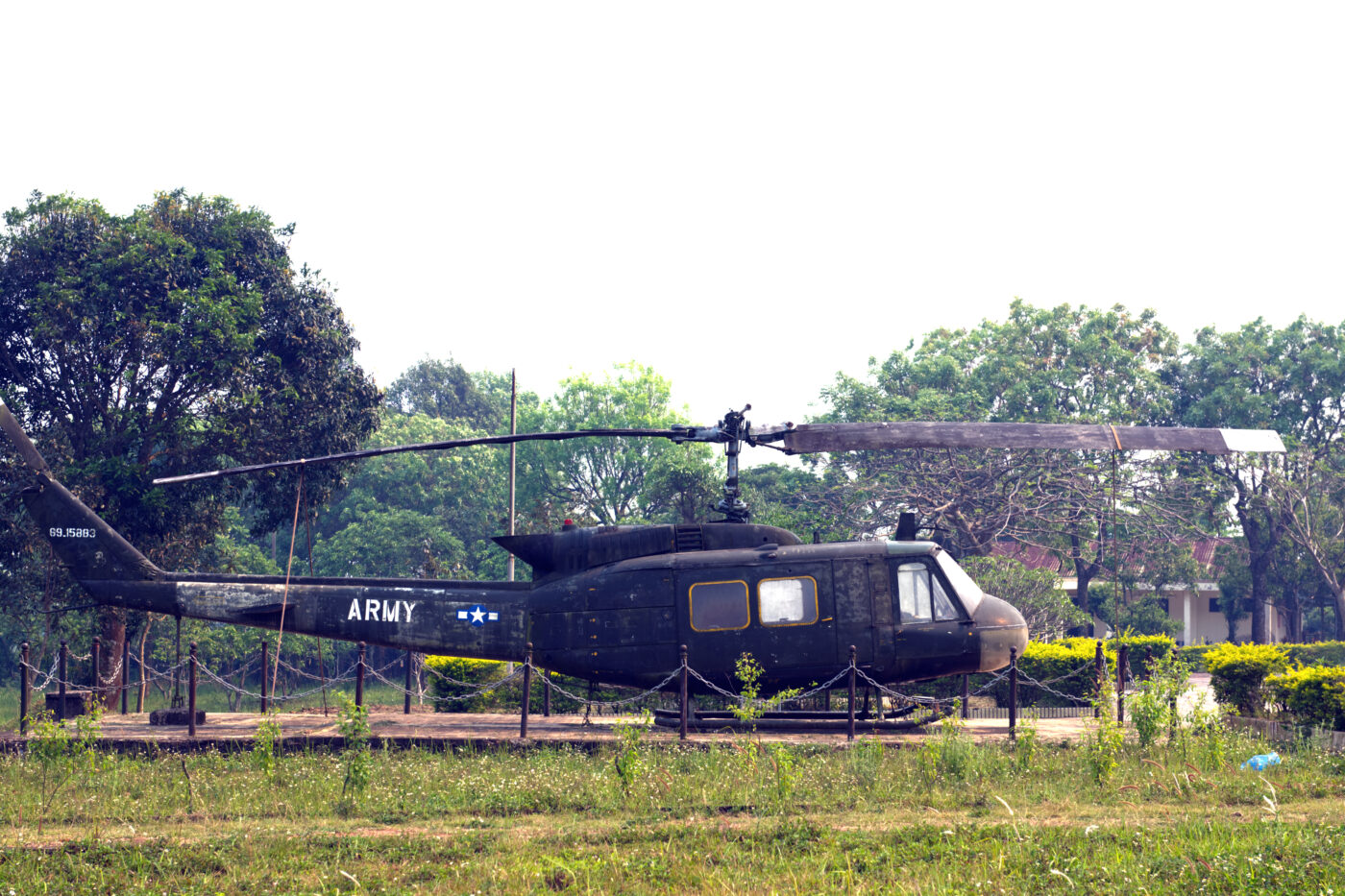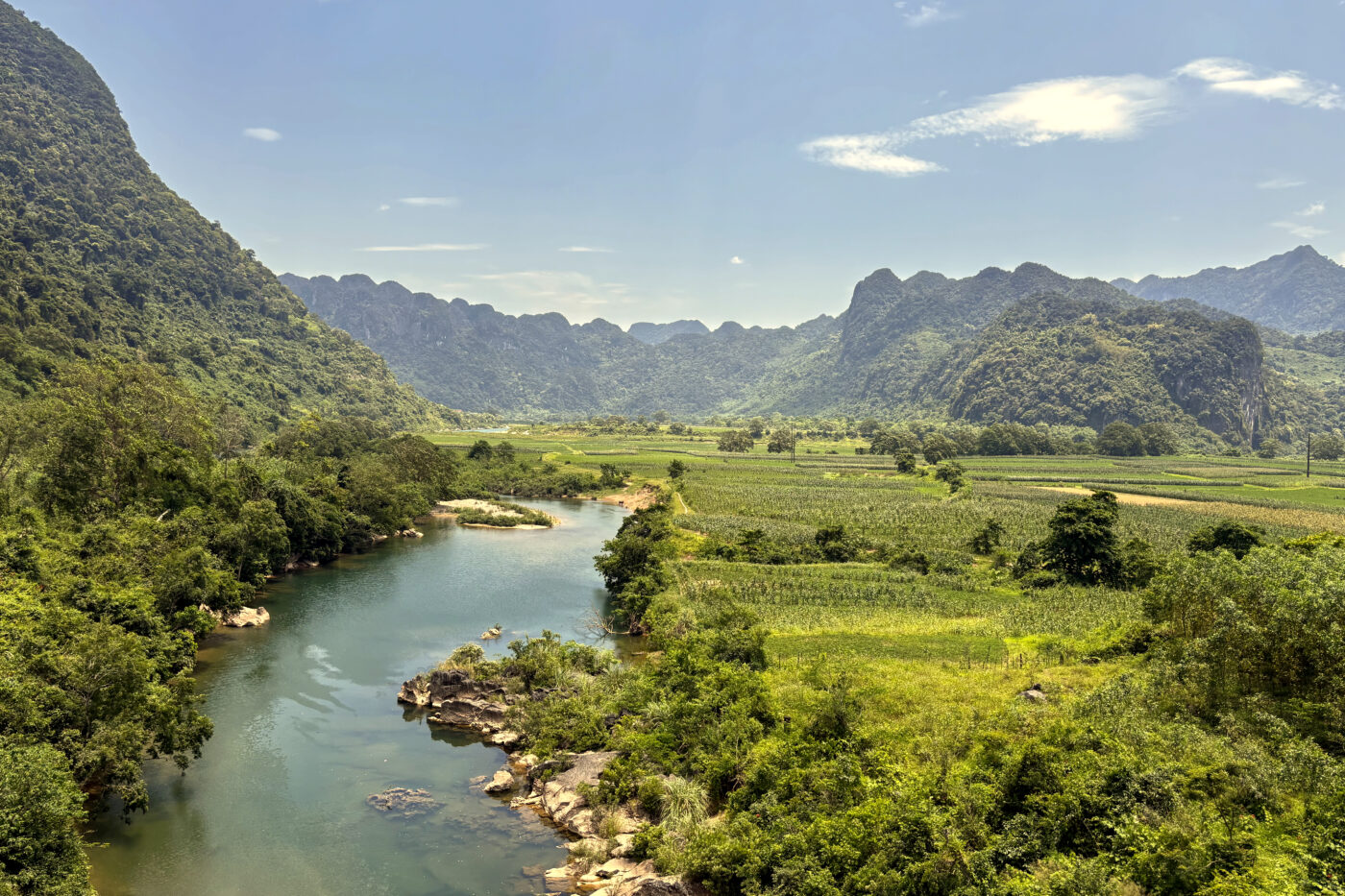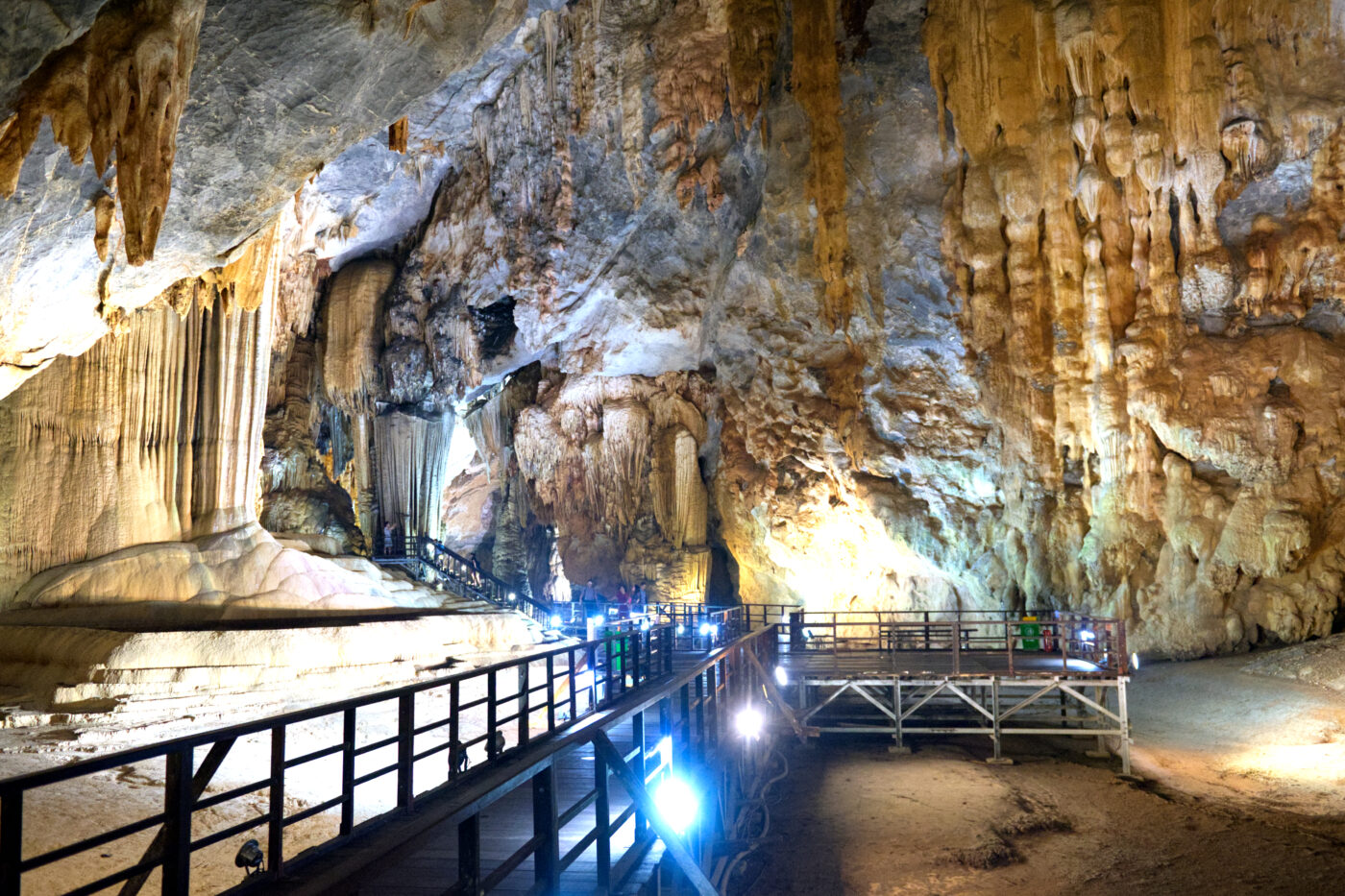This morning I had mi kho, or Vietnamese dry noodles. They are typically served with the noodles and toppings in one bowl, and a separate bowl of broth on the side. You’re supposed to mix the noodles with the sauce at the bottom of the bowl and sip the broth separately — or alternate between bites. At first, I was eating the noodles and then drinking the broth. I thought I was doing it wrong, so I dumped the remaining broth into the noodles. Turns out, I was initially right.
The Mekong Delta has changed hands many times throughout history. Once part of the Khmer Empire, it’s still known to Cambodians as Kampuchea Krom, or “Lower Cambodia.” Vietnamese settlers gradually took control in the 17th and 18th centuries, and the region was later colonized by the French as part of French Indochina. After a brief period of Japanese occupation during World War II, it passed through South Vietnamese rule before being unified under communist Vietnam in 1975.
Today I had a ton of time to kill before my evening flight to Da Lat. I spent much of it eating. Breakfast, in particular, was fantastic — I ordered a beef stew, a baguette, and a Vietnamese iced coffee. Not only was the food delicious, but it only cost $2 USD. Nothing beats good food and a great deal!
Da Lat is a city in Vietnam’s Central Highlands known for its cool climate, pine forests, and hilly terrain. Originally established by the French as a mountain retreat, it still carries traces of colonial architecture. The region’s temperate weather also makes it ideal for growing flowers, and Da Lat is now considered Vietnam’s floral capital, with colorful blooms found in markets, farms, and gardens across the city.
I made my way back to Hoi An, a historic town located in Central Vietnam. Known for its well-preserved Ancient Town, lantern-lit streets, and scenic riverfront, Hoi An was once a bustling trading port. Today, it’s a UNESCO World Heritage Site—and one of the most photographed places in the country. Much of the town’s character can be traced to the diverse communities that once passed through or settled here, especially the Chinese.
This morning I visited the Martyrs’ Cemetery in Hoi An. These cemeteries are common throughout Vietnam and serve as memorial grounds for those who died in wars. These memorials are found throughout Vietnam and honor soldiers and martyrs who died defending the country, particularly during the wars against France, the U.S., and China. They’re somber and sacred spaces.
Greetings from the Ho Chi Minh Road!
The original Ho Chi Minh Trail was a vast network of hidden supply routes used by the North Vietnamese during the war to transport troops, weapons, and supplies from North Vietnam into the South via Laos and Cambodia. It was rugged, secretive, and key to the Viet Cong’s resilience. Today’s Ho Chi Minh Road, while named in honor of the trail, is a paved highway system that roughly traces parts of the old path—especially through central Vietnam. It’s been developed for modern travel, but still winds through some of the most remote and historically significant regions in the country.
This morning I departed A Luoi. It’s a neat little town and definitely a place I’d like to revisit. There were several landmarks I would’ve loved to see — Hamburger Hill and Anor Waterfall in particular — but I just didn’t have the time. I’ll have to add them to the list for next time!
Today I rode from Khe Sanh to Phong Nha. This stretch is often described as the most beautiful segment of the Ho Chi Minh Road. I can’t speak for the sections I haven’t ridden yet, but what I saw today was beautiful.
Phong Nha is a small, laid-back town in north-central Vietnam, famous for its dramatic limestone mountains, winding rivers, and, most of all, its incredible cave systems. It’s the gateway to Phong Nha-Ke Bang National Park, a UNESCO World Heritage Site and home to some of the largest and most spectacular caves in the world.

